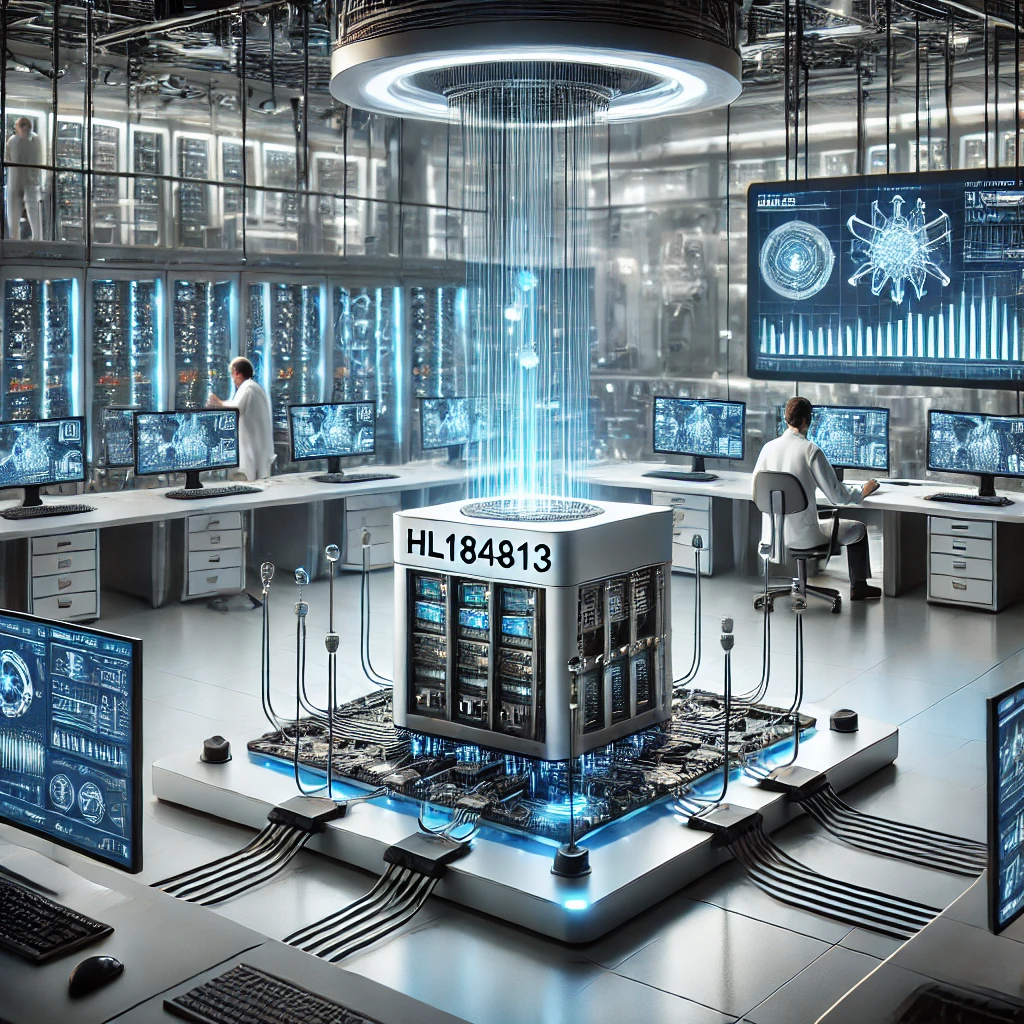
The term HL184813 might seem like a random alphanumeric combination to many, but in specific contexts, it holds substantial importance. Whether you’ve encountered this identifier in manufacturing, logistics, technology, or another field, understanding its significance can shed light on its broader applications and utility. In this article, we’ll explore everything you need to know about HL184813, including its applications, benefits, and relevance.
Let’s dive into an in-depth exploration of HL184813, why it matters, and how it impacts various sectors.
What Is HL184813?
At its core, HL184813 serves as an identifier, often used in industries such as manufacturing, inventory management, and product tracking. It can represent a model number, part specification, or unique serial code depending on the context.
For instance:
- In Technology: HL184813 might refer to a specific hardware component compatible with advanced systems.
- In Manufacturing: It could denote a machine part critical to production efficiency.
- In Logistics: HL184813 might act as a tracking code for seamless inventory management.
The importance of HL184813 lies in its ability to provide clarity and standardization within complex systems.
Applications of HL184813
1. Inventory and Asset Management
In warehousing and logistics, HL184813 ensures accurate tracking and identification of products. By associating a unique code with each item, businesses can maintain inventory records, prevent losses, and streamline operations.
2. Manufacturing Processes
Manufacturers rely on precise part identifiers like HL184813 to maintain quality control. Each component must meet specific standards to ensure seamless operation of machinery and end products.
3. Technology Integration
Many modern technologies use unique codes like HL184813 to identify components, software versions, or devices. This standardization simplifies troubleshooting, maintenance, and upgrades.
4. Compliance and Regulation
Certain industries require products and components to be labeled for compliance purposes. HL184813 provides a clear reference, ensuring adherence to regulatory standards.
Benefits of Using HL184813
1. Enhanced Accuracy
By providing a unique identifier for each component or product, HL184813 minimizes the chances of errors in tracking, usage, and reporting.
2. Improved Efficiency
Using standardized identifiers like HL184813 allows businesses to automate processes, reducing manual labor and increasing operational speed.
3. Streamlined Communication
When everyone in the supply chain refers to the same identifier, misunderstandings are minimized, ensuring smooth collaboration between teams.
4. Facilitates Troubleshooting
If an issue arises, referencing HL184813 enables technicians to quickly locate the relevant component or product, saving time and resources.
5. Regulatory Compliance
For industries bound by strict guidelines, using identifiers like HL184813 simplifies audits and ensures documentation accuracy.
Challenges and Considerations
While HL184813 brings many benefits, implementing such systems can present challenges:
1. Integration with Legacy Systems
Older systems may struggle to incorporate modern identifiers like HL184813, requiring updates or replacements.
2. Initial Costs
Implementing tracking and standardization systems may incur significant upfront expenses.
3. Training Requirements
Employees need to be trained to understand and use identifiers like HL184813 effectively.
4. Cybersecurity Risks
If HL184813 is part of a digital tracking system, robust cybersecurity measures are necessary to protect sensitive data.
The Future of HL184813
As industries continue to embrace digitization and automation, identifiers like HL184813 will become even more critical. Future advancements may include:
- AI-Driven Insights: Analyzing data associated with HL184813 to optimize performance and efficiency.
- Blockchain Integration: Using HL184813 within blockchain systems for enhanced transparency and security.
- IoT Compatibility: Incorporating HL184813 in Internet of Things (IoT) devices for real-time monitoring and control.
These innovations will ensure that HL184813 remains a cornerstone of modern industry practices.
FAQs
1. What does HL184813 mean?
HL184813 is a unique identifier used in various industries to track, identify, and standardize components, products, or processes.
2. How is HL184813 used in manufacturing?
In manufacturing, HL184813 often refers to specific parts or components essential for production, ensuring quality control and standardization.
3. Is HL184813 relevant in technology?
Yes, many technological systems rely on identifiers like HL184813 to manage hardware components, software versions, or devices.
4. What are the benefits of using HL184813?
Benefits include enhanced accuracy, improved efficiency, streamlined communication, easier troubleshooting, and regulatory compliance.
5. Are there challenges in implementing HL184813?
Challenges include integration with older systems, initial costs, employee training, and cybersecurity risks.
6. What does the future hold for HL184813?
The future of HL184813 involves AI-driven insights, blockchain integration, and IoT compatibility, ensuring continued relevance in a digital world.
Final Thoughts
The term HL184813 may appear technical or obscure, but its importance cannot be overstated. It represents the backbone of efficiency and standardization across industries, from manufacturing and logistics to technology and compliance.
By investing in systems that utilize identifiers like HL184813, businesses can streamline operations, improve accuracy, and prepare for a future driven by data and automation.




